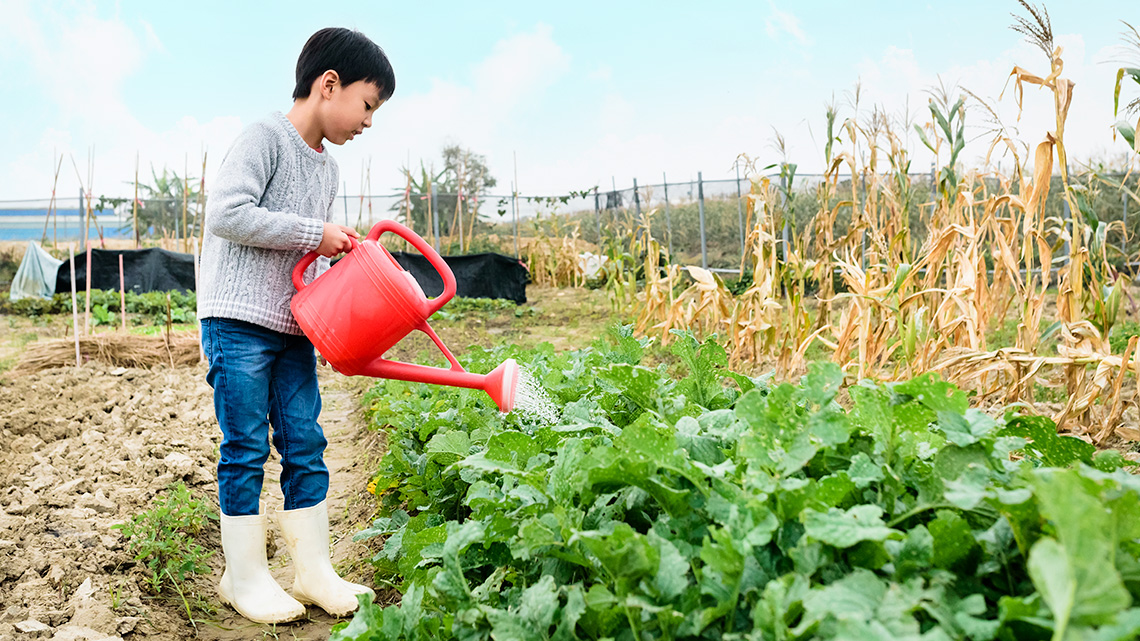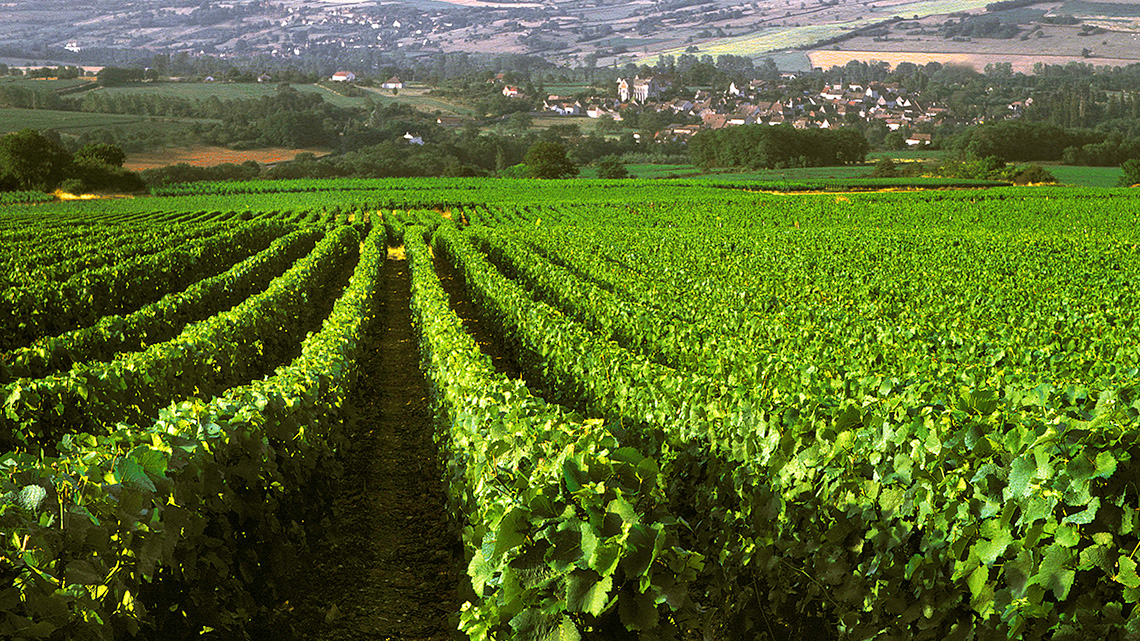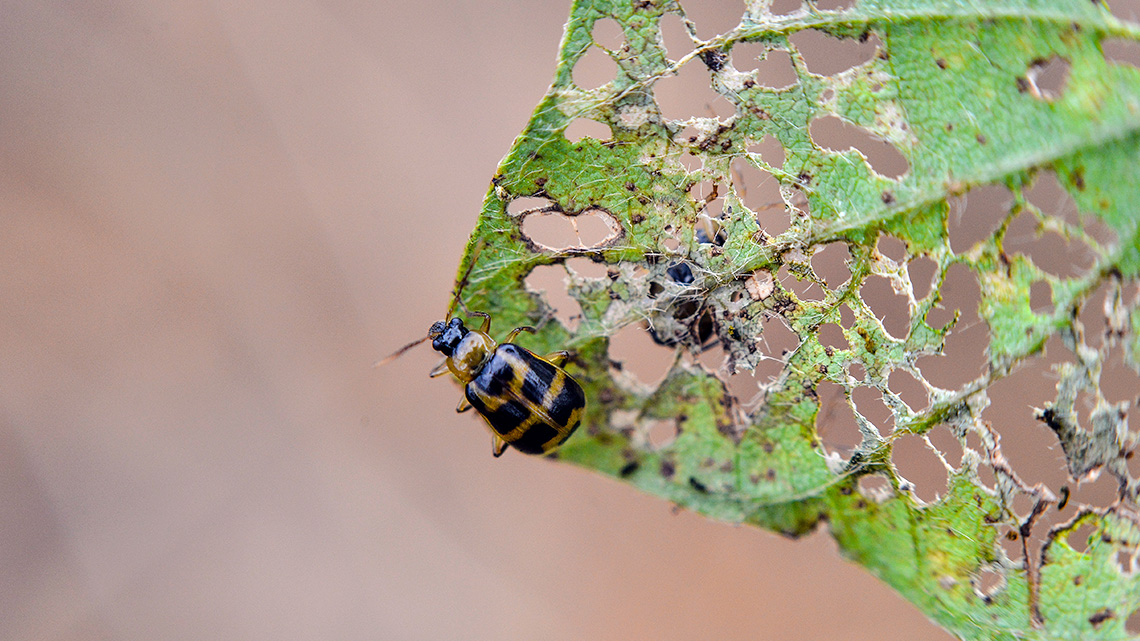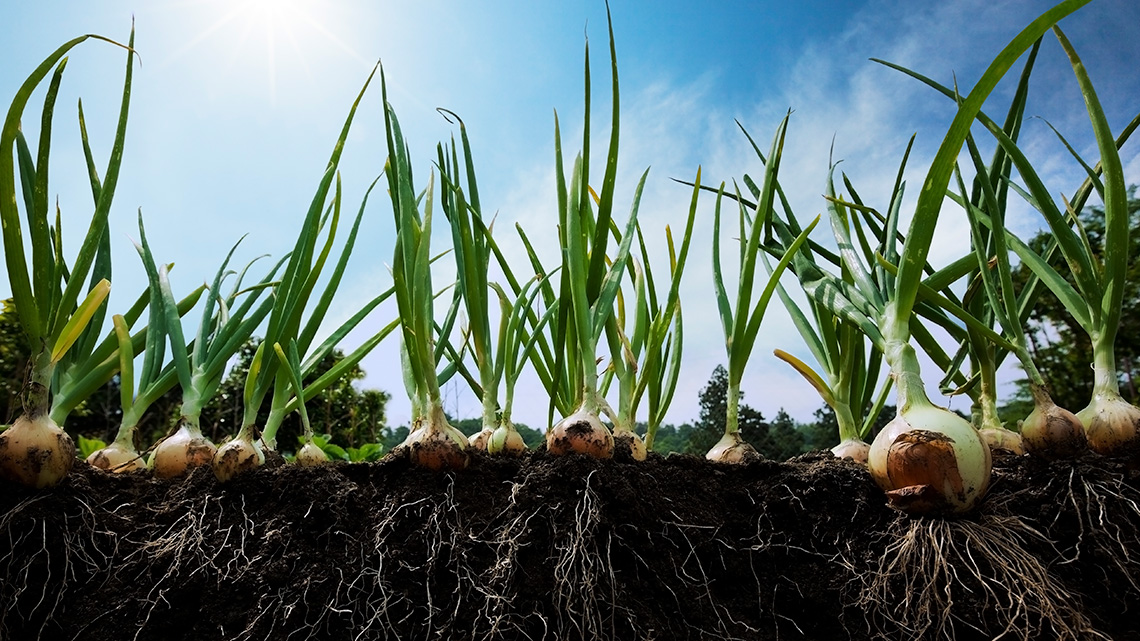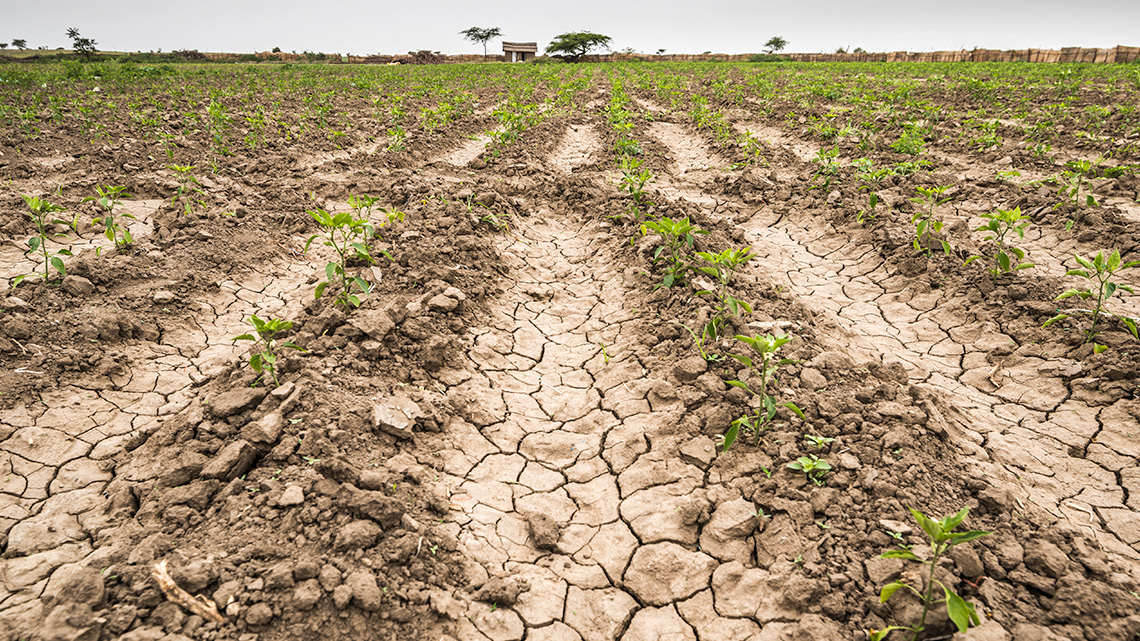Minds On
Let’s grow!
Plants grow (almost) everywhere on Earth. What allows them to actually grow? What do they need to grow there?
Let’s explore the following images of healthy plants and unhealthy plants.
After checking the images out, what do you notice? What do you wonder?
Record your ideas in a notebook or another method of your choice.
Share your ideas with a partner, if possible.
Did You Know?
Did you know?
Most plants need sunlight, water, warmth, nutrients, space, and air to live and grow.
All green plants use water, carbon dioxide gas, and sunlight energy to make their own food in a process called photosynthesis. Most plants need to be in soil to be able to photosynthesize and grow.
Access the following video clip to explore how most plants grow.
Action
United Nations and zero hunger
Connecting to the world

The United Nations (UN) is a group of many countries from around the world that have come together to create a better future for people and the environment. They have created 17 goals called the Sustainable Development Goals.
This learning activity is connected to Goal #2 which is called Zero Hunger. This means that everyone should have access to safe and nutritious food. Nutritious food helps someone grow and gives them energy.
Using plants for food is one way that people all over the world can help each other access safe and nutritious food.
This sustainable goal also focuses on helping communities learn how to grow healthy food in the conditions that exist wherever they live, and to create sustainable food practices. For example, eating a plant-based diet that includes vegetables, fruits, whole grains, legumes, nuts, and seeds can have many health benefits for humans and for the environment!
Rise up!
Most plants have one thing in common with each other – they need sunlight, water, warmth, nutrients, space, and air to live and grow.
Let’s explore why a plant needs a steady supply of water.
What do you think will happen if you…?
- don’t water the plant
- water the plant once or only a few times
- water the plant too many times
Water supply
If possible, access the following Scratch link to explore and demonstrate how a steady supply of water helps a flowering plant grow from seedling to fully-grown:
Scratch(Opens in a new window)
Or explore the following images to check out why plants need a steady supply of water.
The previous examples we explored were plant growth models, in which the plant depends on water. With steady watering, the seeds of plants can then begin to grow.
Let’s code!
Now that you’ve explored an example of a plant growth model (in which it depends on water), let’s write some code for a model of your own that also includes the need for sunlight and air!
Coding is a computer programming language that includes a series of steps or instructions.
For this activity, you will use a flowchart to explore what happens to a plant’s growth when you change two variables: air and sunlight.
When coding, a variable is the information that can be changed.
Flowcharts
A flowchart is a diagram using shapes and arrows that illustrates a process, such as a computer program.
The following is an example of a flowchart that is a program to water a plant beginning as a seed until it is fully grown.
 Description
Description
The flowchart records the following: Start. Water plant seed. Seed grows a little. The program asks if the plant still needs to grow. If yes, the plant seed is watered again. If no, the plant seed has now fully grown. The program ends.
Try It
Your turn!
Now, your task is to build programs that shows a plant growth model that includes a plant’s other needs of sunlight and air. By changing these two variables, you can affect the plant’s growth.
Plant and sunlight
The following steps fit together to create a program for giving your plant sun.
Plant and air
The following steps fit together to create a program for giving your plant air.
Consolidation
Plant growth
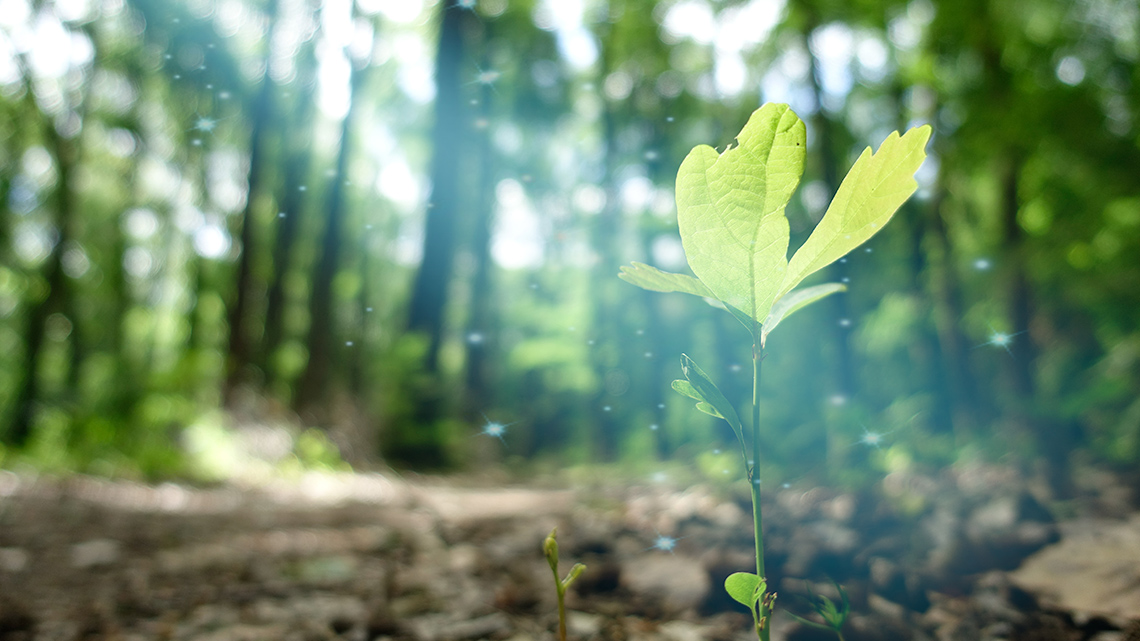
Consider the following statements about the plant growth models. Choose if the statement is true or false!
Select the correct answer, then press ‘Check Answer’ to see how you did.
Pause and Reflect
Pause and reflect
In our models, we showed how a plant’s rate of growth and overall health is directly affected by different variables.
Choose any three of the following questions to reflect on:
- How has creating a flowchart helped you to describe the basic needs of plants?
- What are three different variables that can affect a plant’s growth and overall health?
- How might the growth and overall health of plants be impacted by environmental conditions?
- How might plants help to meet the United Nations Sustainable Development Goal of Zero Hunger?
- What are some examples of plants that are part of a healthy diet?
Record your responses in a notebook or another method of your choice.
Share your ideas with a partner, if possible.
Reflection
How do you feel about what you have learned in this activity? Which of the next four sentences best matches how you are feeling about your learning? Press the button that is beside this sentence.
I feel…
Now, record your ideas about your feelings using a voice recorder, speech-to-text, or writing tool.
